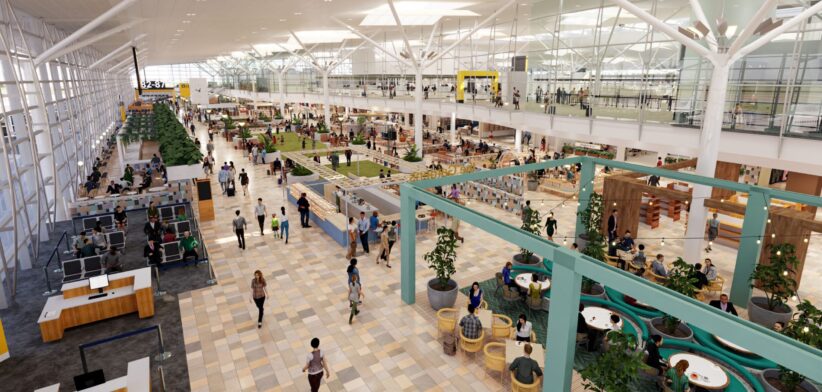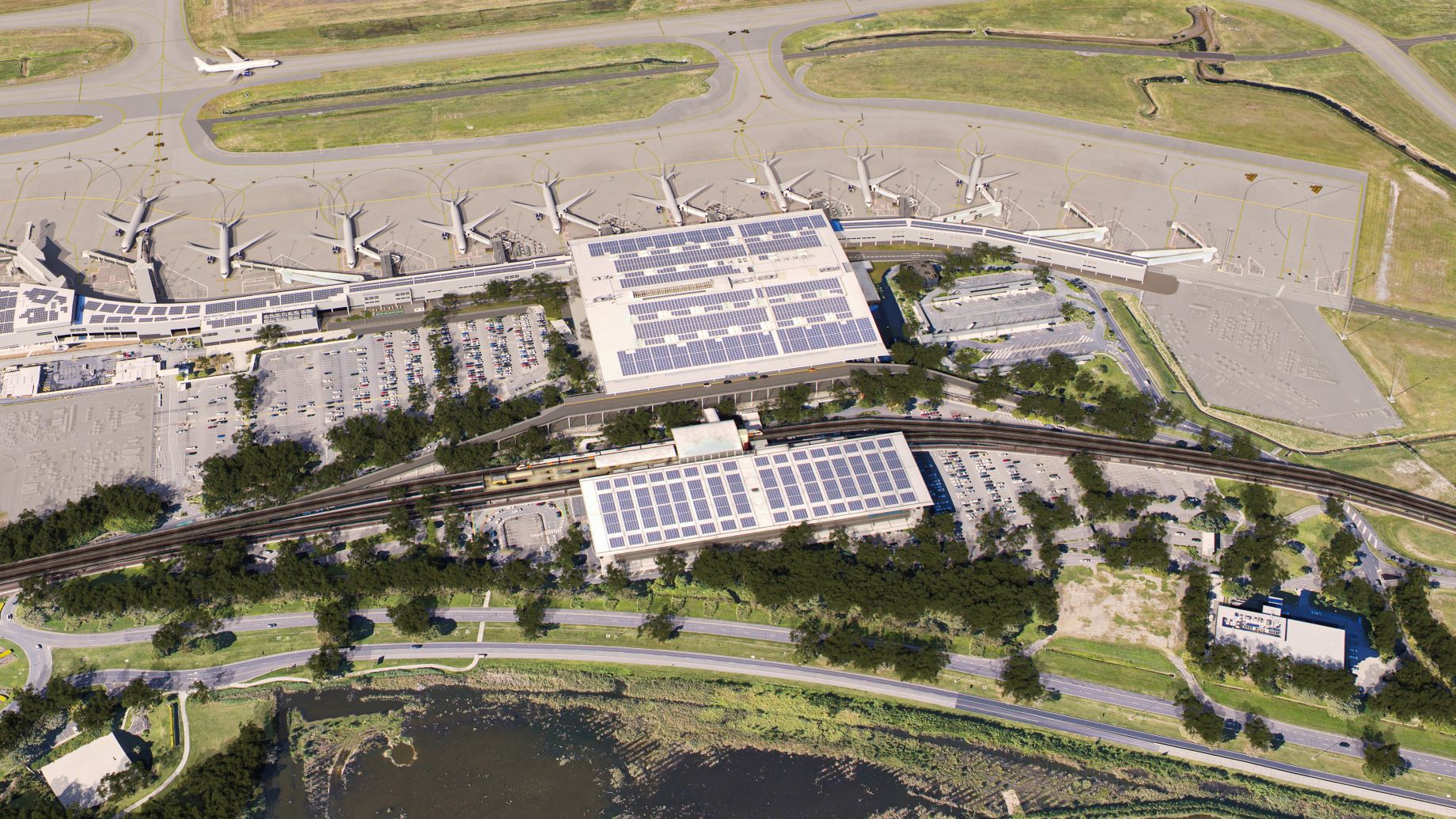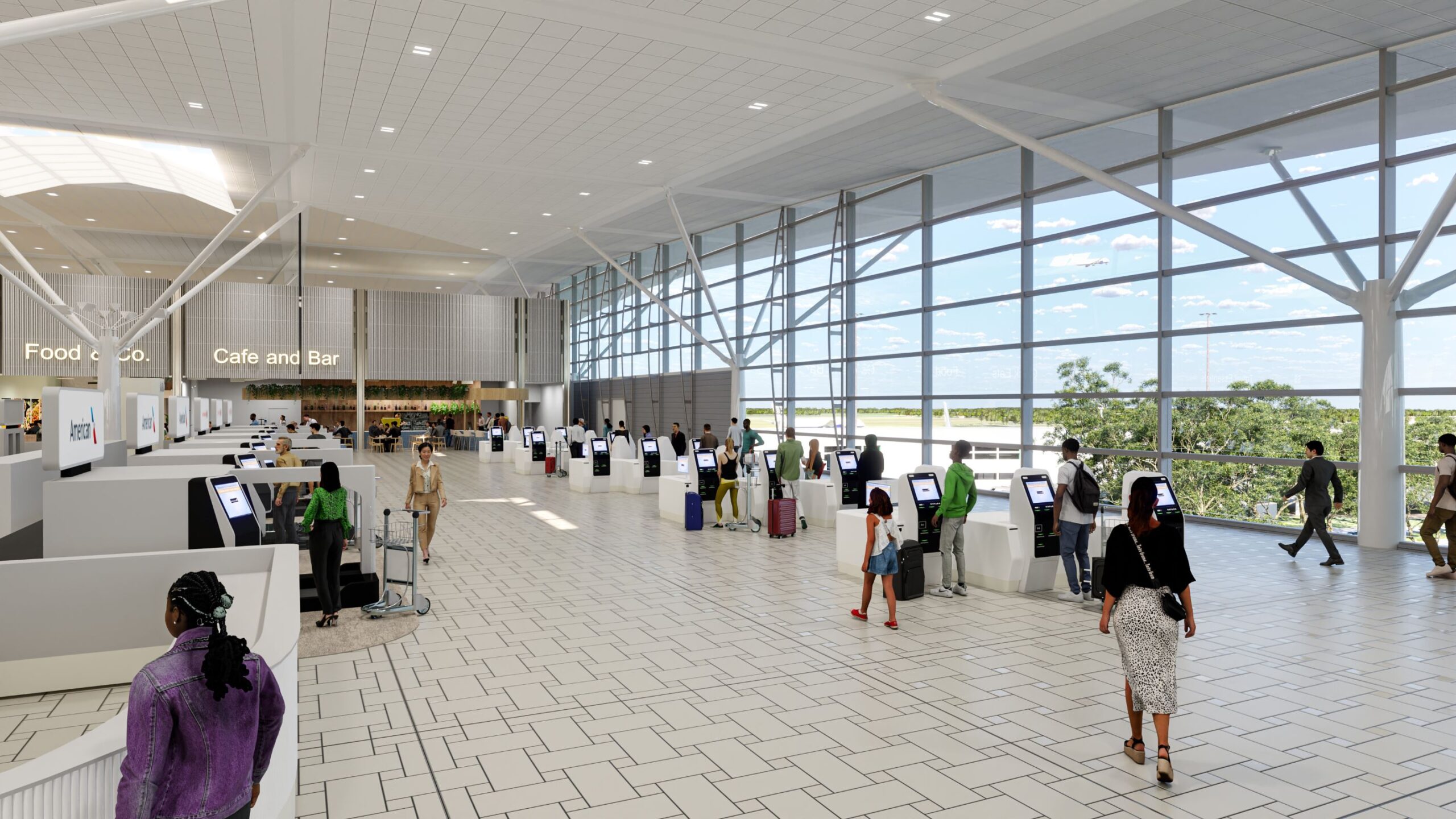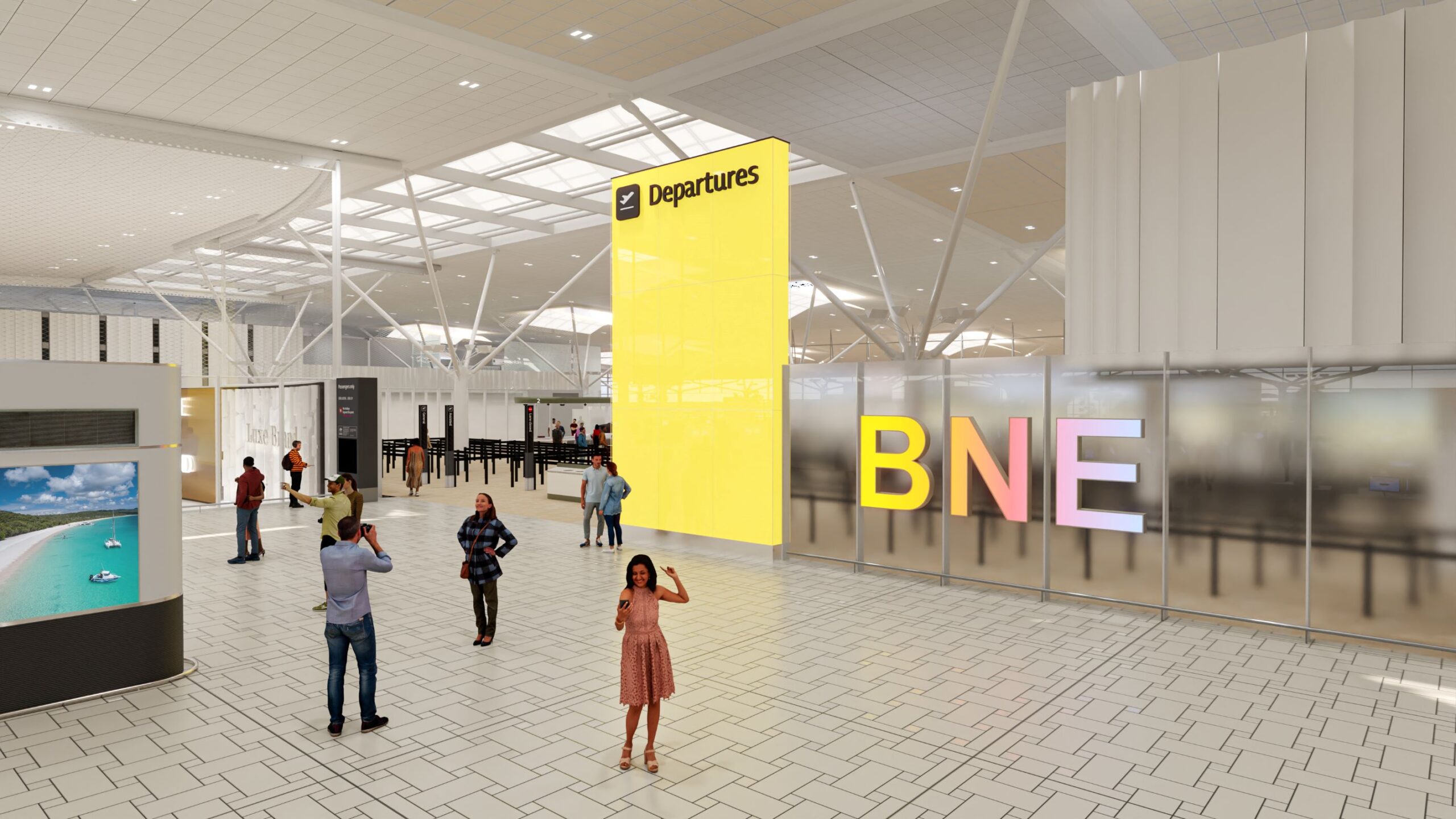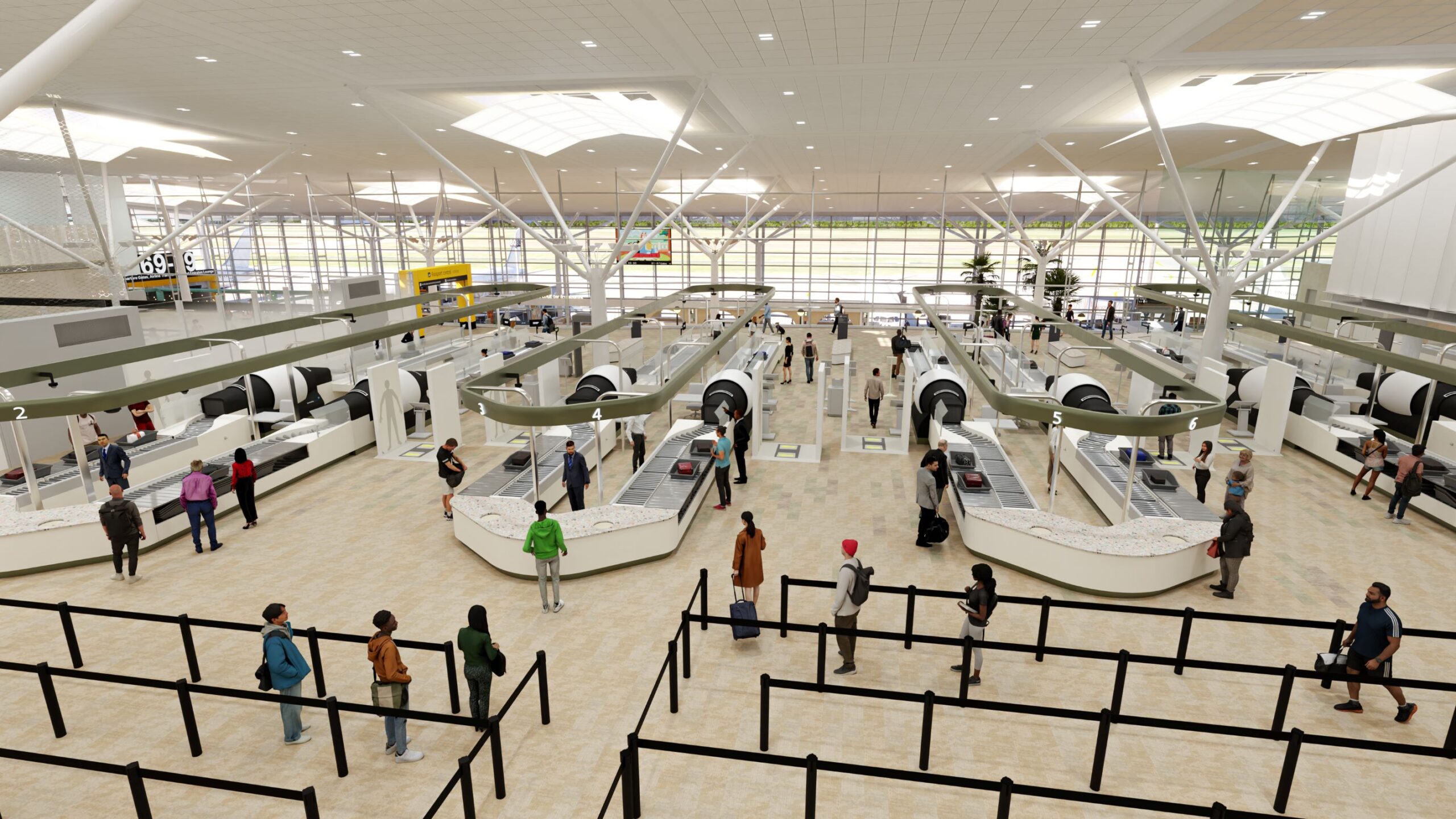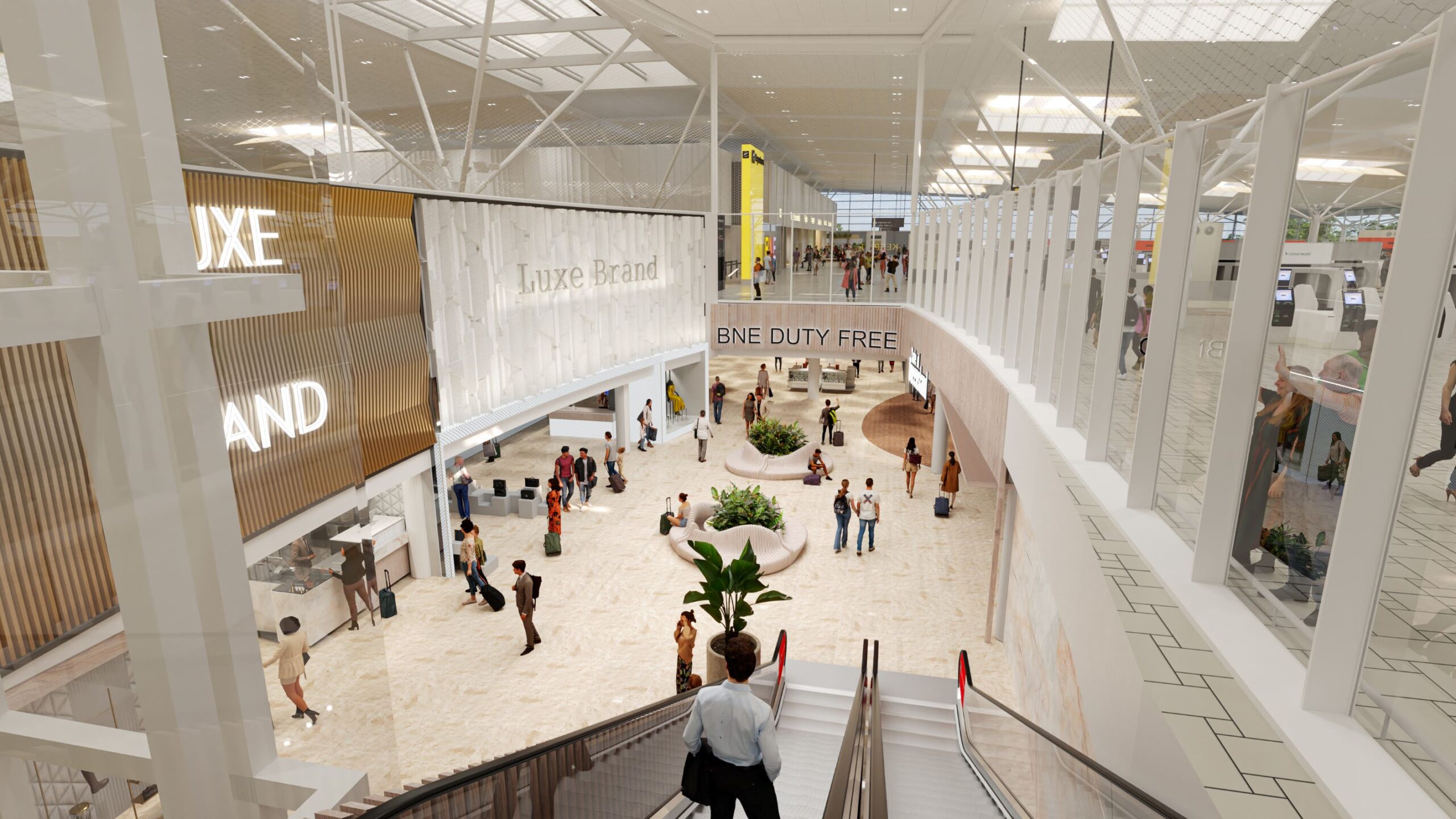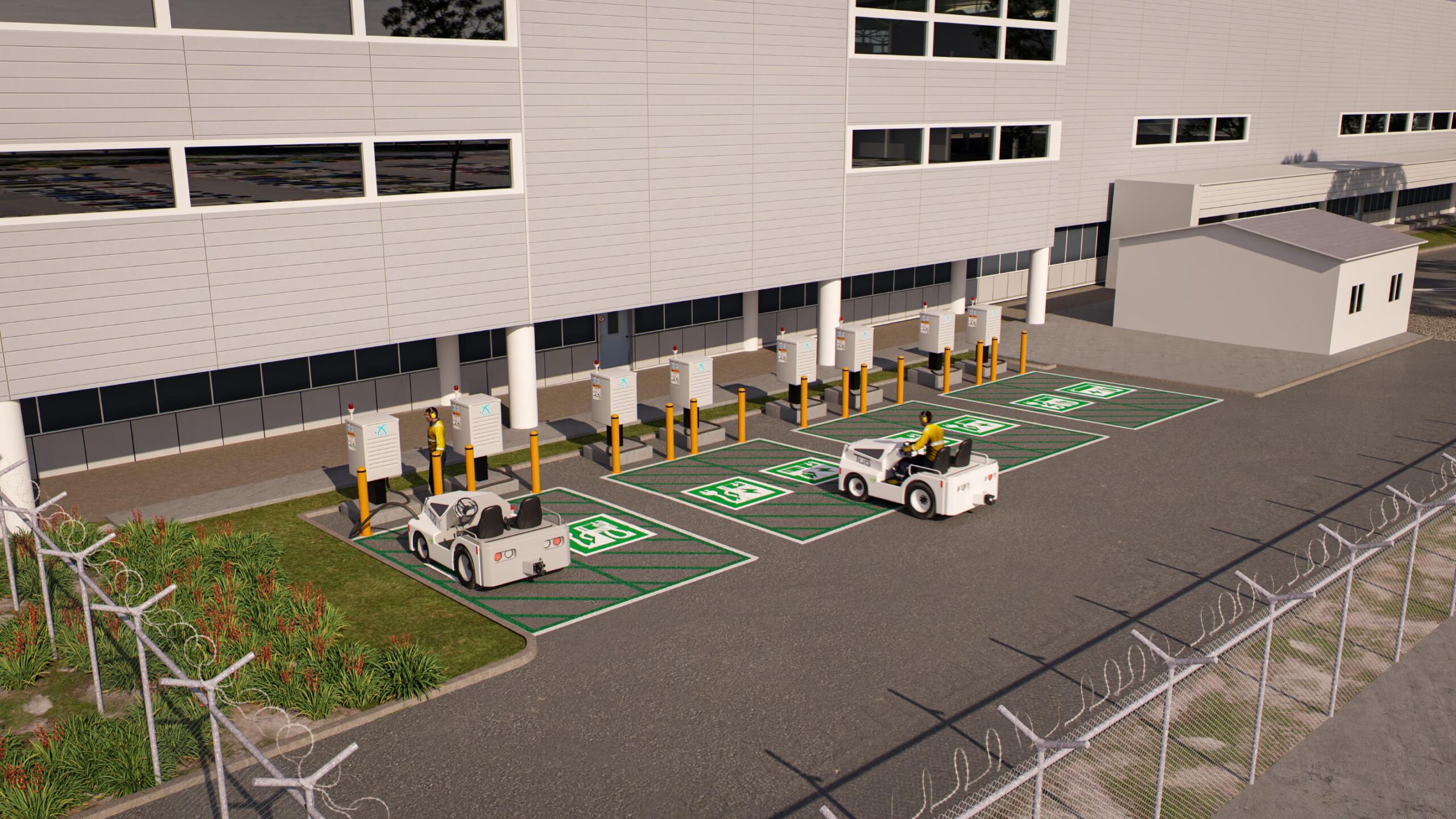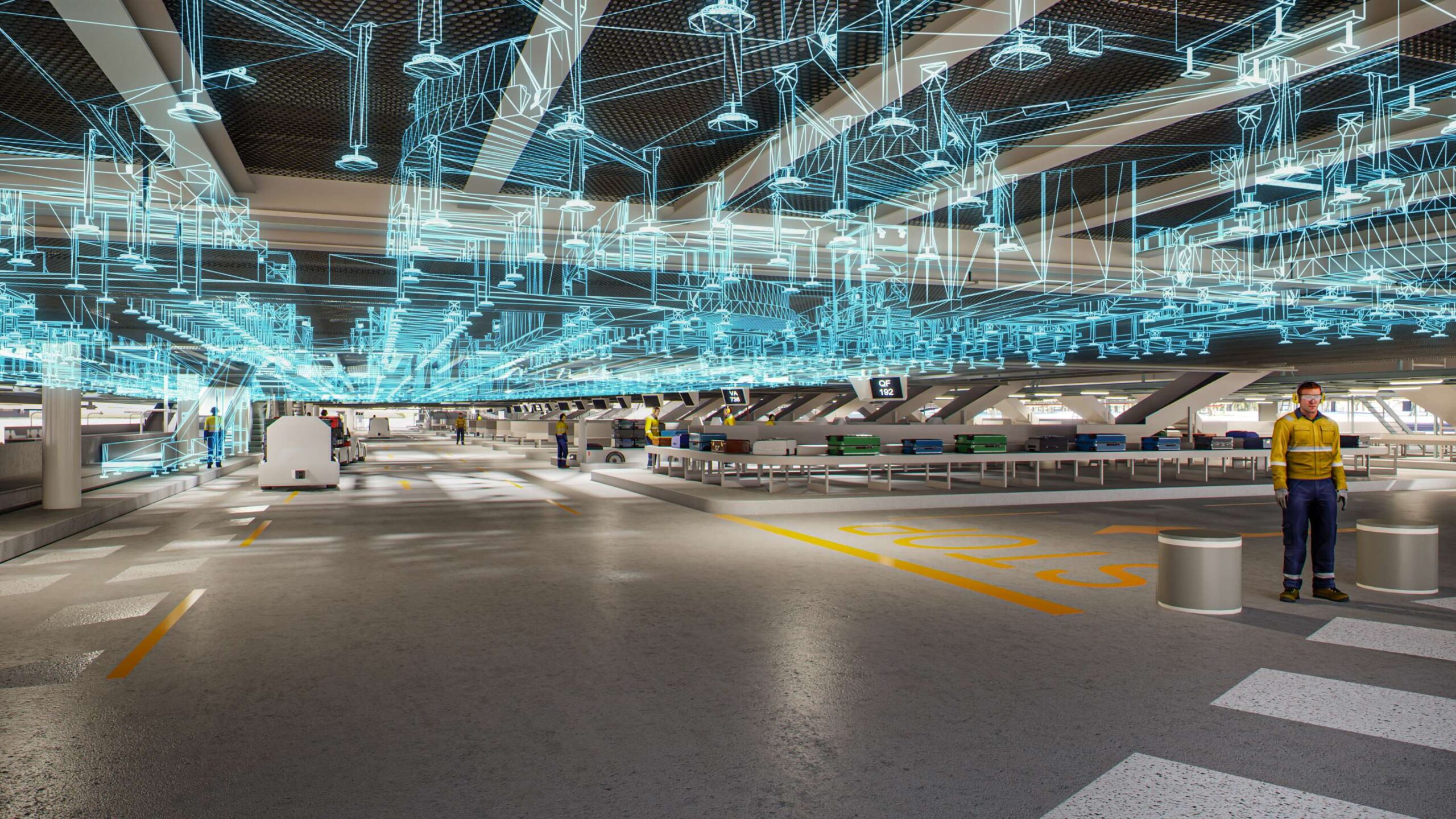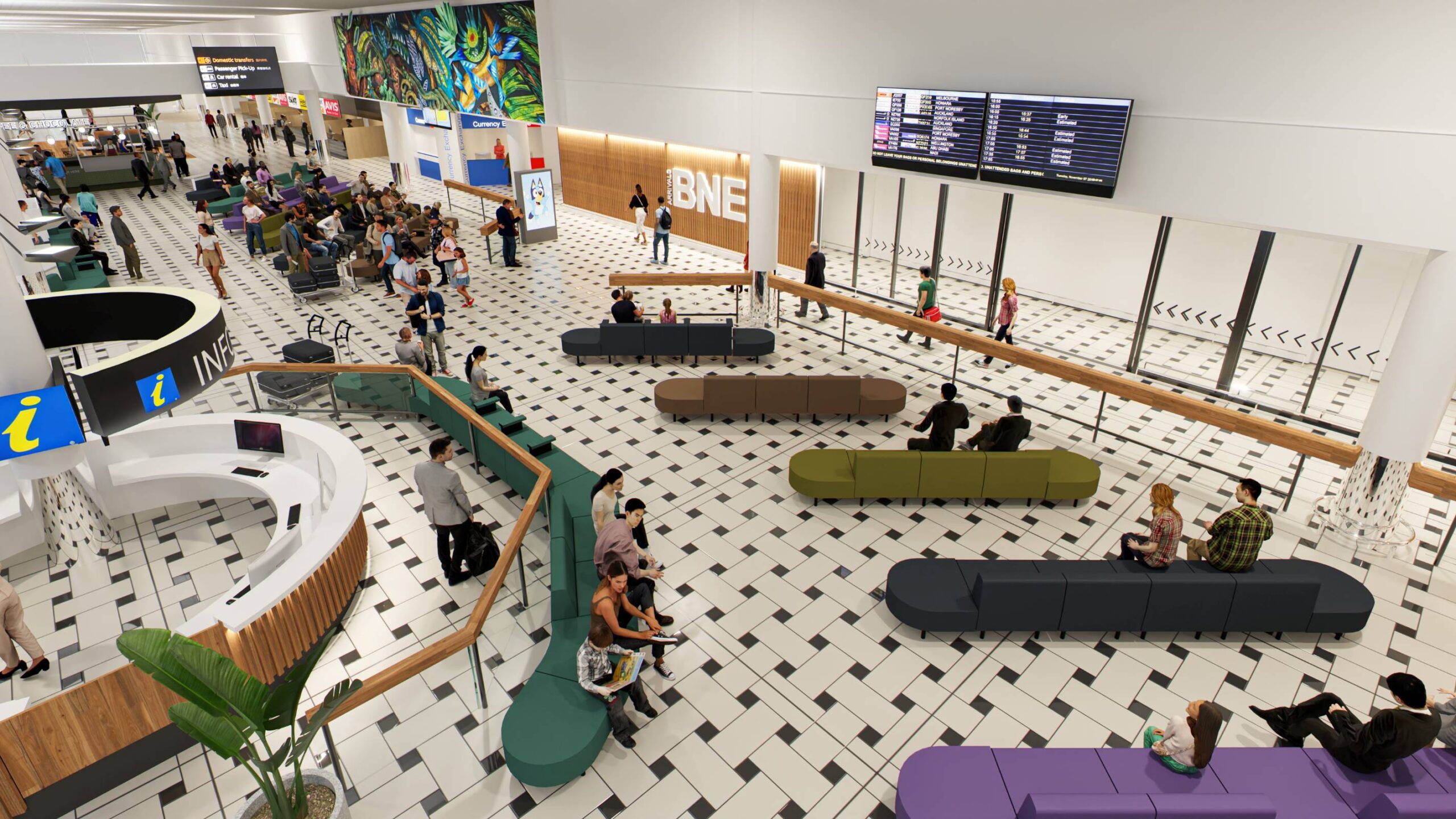Brisbane Airport’s International Terminal will be overhauled as part of a multi-billion-dollar transformation of the precinct.
An almost four-minute video (watch below) highlights the major changes, which signal the terminal’s most significant upgrade since it opened 29 years ago.
Brisbane Airport CEO Gert-Jan de Graaff said the makeover was driven by the need to upgrade security screening equipment to meet Australian Government standards by the end of 2025.
“Our International Terminal is Queensland’s gateway to the world. After three decades of service, it’s well and truly time for a transformation,” Mr de Graaff.
He said the work at the International Terminal was part of a $5 billion transformation over the coming decade that included upgrades to the Domestic Terminal, construction of Terminal 3 and extensive commercial, retail, and industrial projects across the precinct.
Major changes (view images below) to the international terminal include:
- Moving security screening and passport control from the windowless centre of the building on Level 3 to a light-filled atrium on Level 4, providing passengers and workers with a brighter naturally-lit space.
- Introducing next-generation Computed Tomography security screening equipment for passengers and baggage. Benefits of the new technology include: Allowing passengers to leave items like laptops in their bag and have other loose items screened with their cabin bag through the introduction of larger, deeper screening trays; increasing the speed at which passengers will pass through the screening point; and higher levels of accuracy and reduce the need to rescreen bags.
- Introduction of advanced self-service technology at bag drop and check-in, enabling a reduction in queues and allowing passengers to choose between self-service or agent-led experience, powered by reliable technology that removes friction at check-in and bag drop.
- New, energy-efficient, best-in-class conveyor system and Standard 3 technology baggage security screening equipment.
- More than 31 premier retail opportunities, with Brisbane Airport’s duty free area to nearly double in size.
- A network of charging infrastructure tailored specifically to support ground support equipment, include pushback tugs, belt loaders, cargo loaders, and baggage tugs used to service aircraft.
Mr de Graaff said innovative sustainable design features had been embedded into the project, recycling a volcanic rock called Brisbane tuff.
“The use of Brisbane tuff, originally quarried from Kangaroo Point Cliffs and used in some of Brisbane’s oldest buildings, not only honours the original history of our city but also gives new life to these old and uniquely Queensland materials,” he said.
Mr de Graaff said work would be staged over 20 phases to minimise impacts for passengers and airlines throughout construction which should conclude in 2027.
He said while the renovation of the International Terminal was today’s focus, work also continued in the planning for Terminal 3.
“We have begun planning for a Terminal 3 development, which will be conveniently located between our two parallel runways. Eventually, we will integrate domestic and international passengers into this new facility.
“We need to determine whether this integration will happen from day one or in stages. What we know for sure is that sustainability and accessibility will be baked into the design of Terminal 3.”
